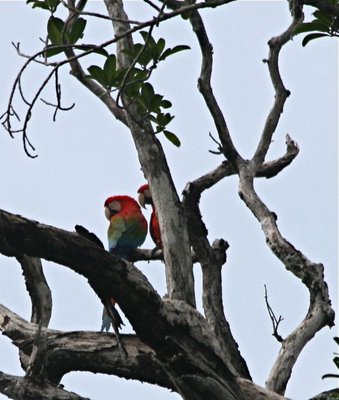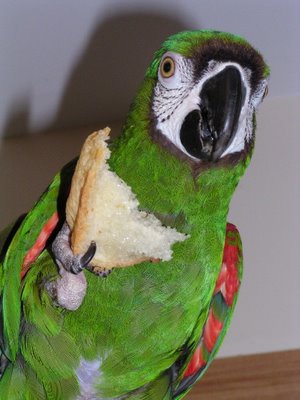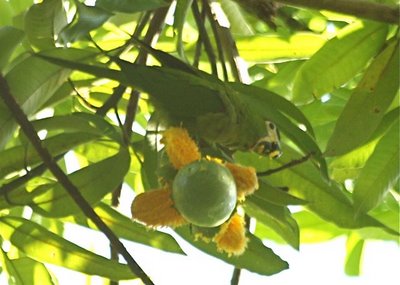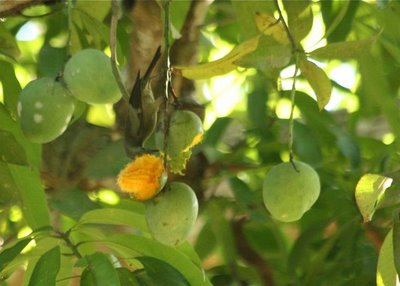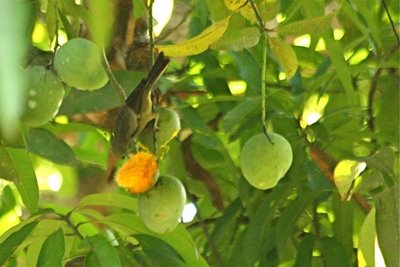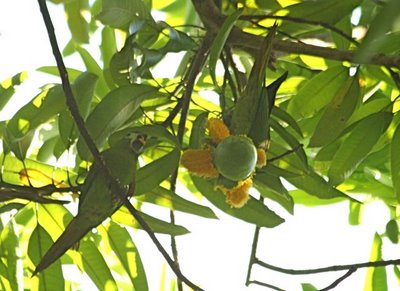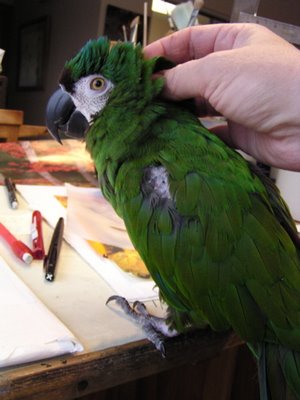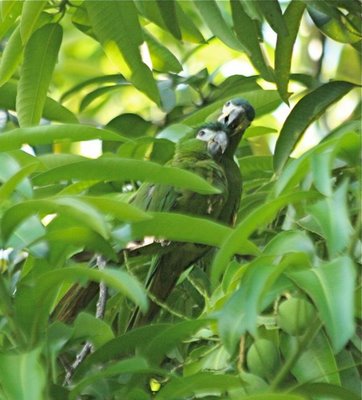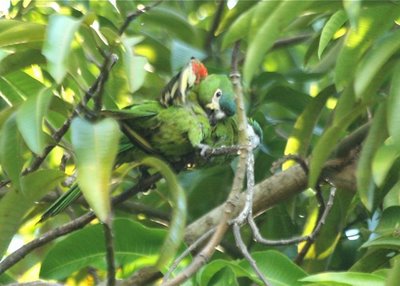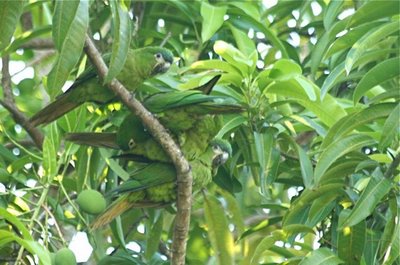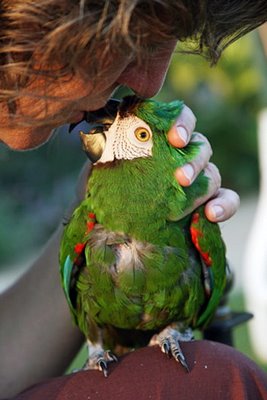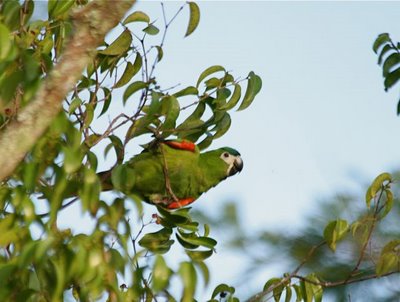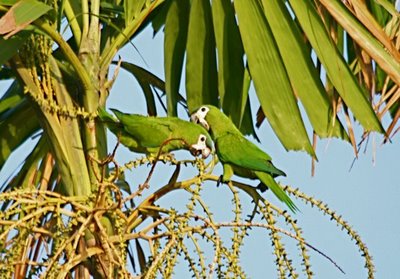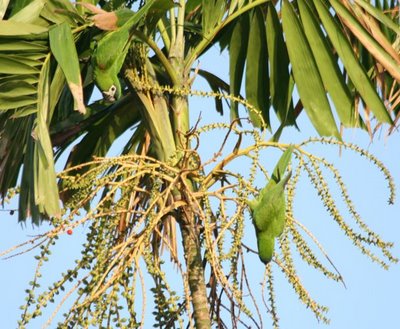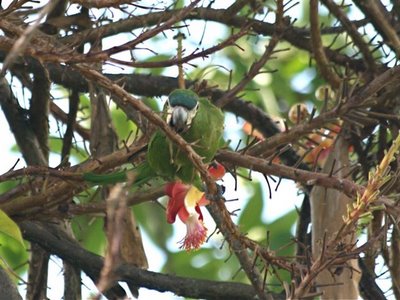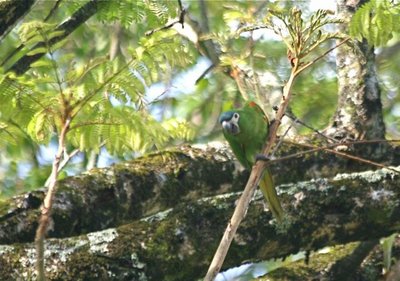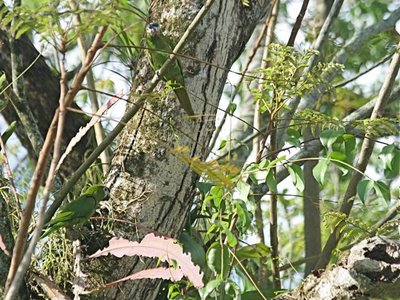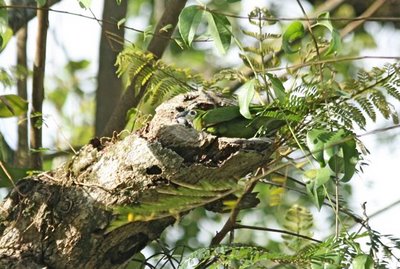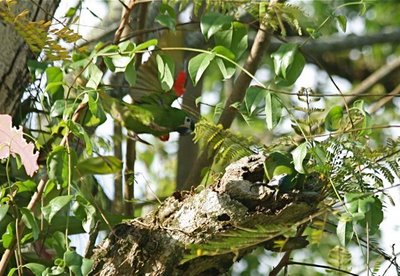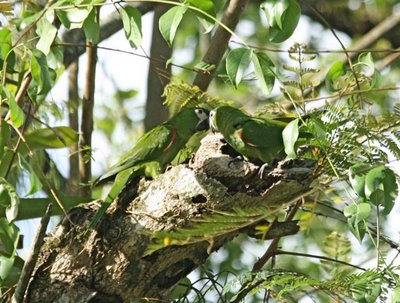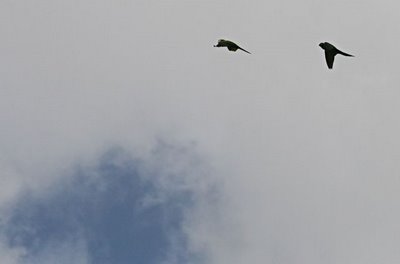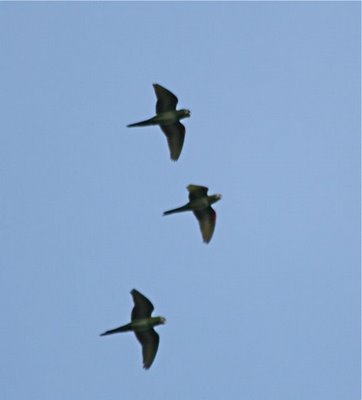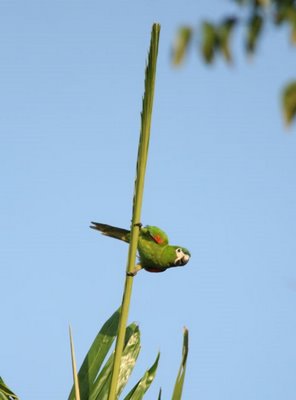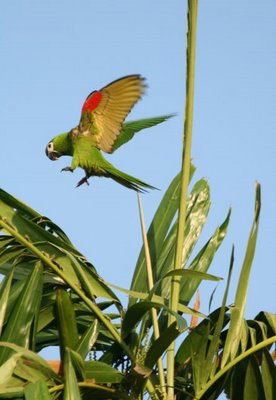Rockview Lodge, Guyana
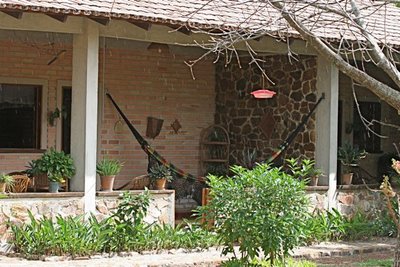
Of all the places we stayed in Guyana, Rockview Lodge probably has its ecotourism act most thoroughly together. It manages to be sustainable and alluring, even luxurious, at the same time. Terrific food--fresh okra and vegetables!--relaxing surroundings, even a pool.
Of course, there were too many macaws in the mango trees for me to even think about a dip.
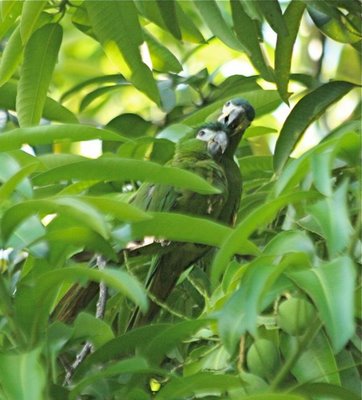
I spent what little downtime we had chasing birds and animals with my lens. Kevin Loughlin caught me with his.
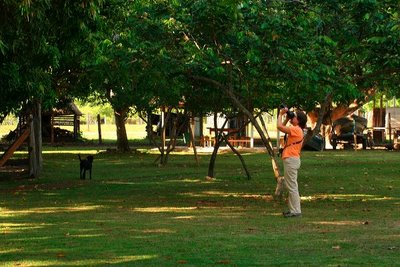 I was trying to lure them down with my mang0-orange shirt.
I was trying to lure them down with my mang0-orange shirt.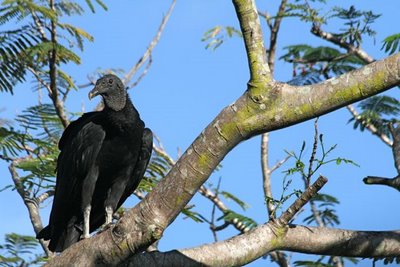 An obliging black vulture waited to scavenge some of the agouti's food in the small zoo on the lodge grounds. If memory serves, this is a red-rumped agouti, a species we saw in the wild, and a life mammal for me.
An obliging black vulture waited to scavenge some of the agouti's food in the small zoo on the lodge grounds. If memory serves, this is a red-rumped agouti, a species we saw in the wild, and a life mammal for me.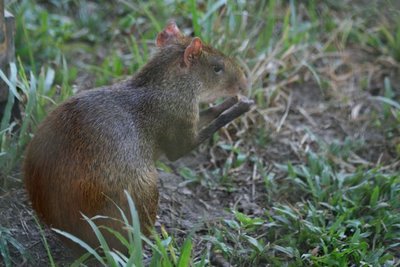
It was keeping company with a very pregnant kitteh, an odd couple among odd couples. Rodents and cats aren't traditional pals. Unless the rodent is cat-sized, and then it works, apparently.
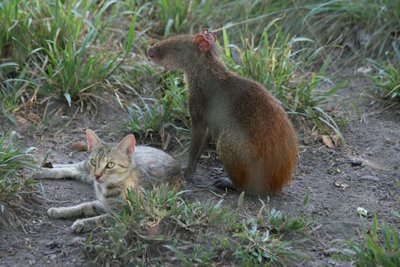
A red-legged tortoise shared the agouti enclosure.
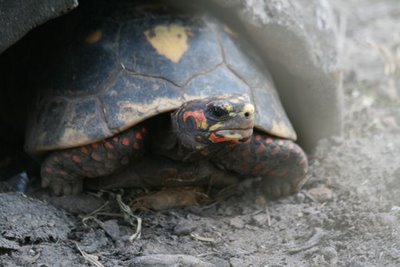 He's a big boy, about 2' long, like a box turtle gone wild.
He's a big boy, about 2' long, like a box turtle gone wild.Because I was out and about so much, I attracted the attention of a couple of little girls whose parents work at Rockview. They followed my every move with great interest and lots of giggles. They loved looking over my shoulder as I sorted photos or emailed home, and they loved seeing the pictures I'd taken. Such beautiful little sprites; they were my buddies the whole time I stayed at Rockview.
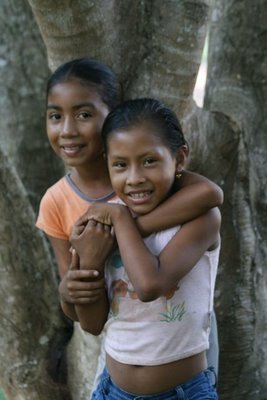
I was in awe of the people we met in Guyana. They work against tremendous odds, since the country has virtually no infrastructure. For instance, here's how a bridge is fixed when it goes out. A crew assembles, and lives in a plastic tarp covered open sided tent for the duration of the repair, which is not short. I can only imagine what that's like, given the chiggers and heat.
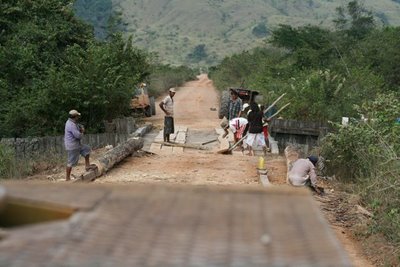
The road equipment makes our old Massey Ferguson tractor look like a DeLorean.
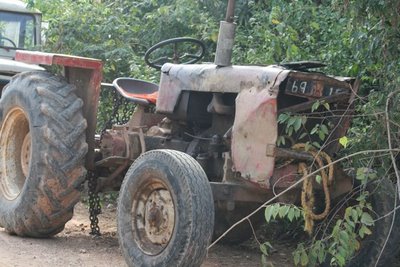
Trees are cut from the surrounding forest and hand-hewn to fit together.
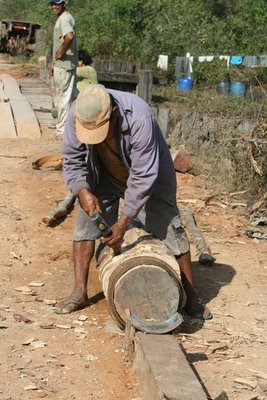
And all of this at about 98 degrees, 80% humidity--so hot by 10 AM that I couldn't be out in the sun without feeling dizzy. Recession and all, we Americans truly do not know the meaning of deprivation. Guyana needs our tourism dollars. Think about spending yours there. Costa Rica's been done, and done, and done.
Labels: black vulture, Guyana South America, red-legged tortoise, red-rumped agouti, red-shouldered macaw, Rockview Lodge

